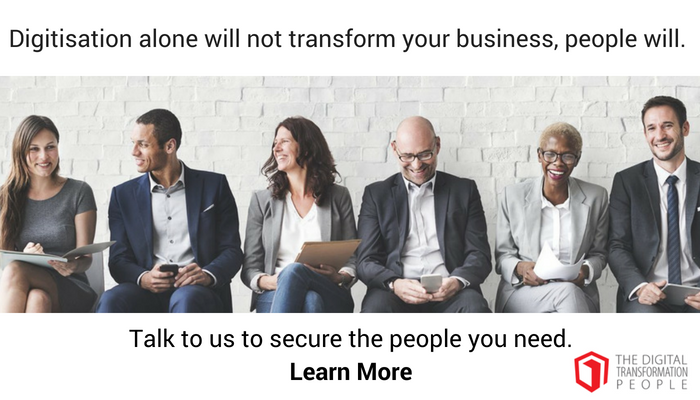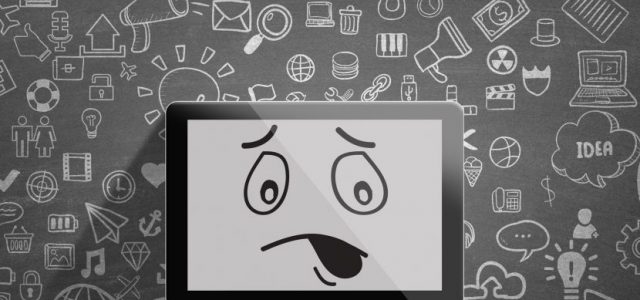Few nations top the Russians for philosophical idioms. I recently stumbled across one that perfectly captures this moment we’re in: vilami na vode pisano
Loosely translated as “written with a pitchfork on the water”.
Isn’t that a perfect idiom for anyone writing about the future? Particularly the future with countries still in lockdown, many bracing for the dreaded “2nd Wave” and a vaccine at least a year away.
Not surprising, with offices closed and remote working the reality for the vast majority of us, the pitchforks are out in full force, furiously scripting The Future of Work.
Or, perhaps more accurately, the pitchforks are out for the “traditional, 9-5, commute for hours, open-plan, office drudgery” definition of work. That wonderful Henry Ford construct, barely enhanced since the last Industrial Age, of gathering all your production assets and resources into one convenient location – an office building, a factory, an open plan bare brick loft in Shoreditch – where you could create repeatable modes of work. A construct that gave rise to terms (and departments) like “Human Resources” or “Human Capital” and the erroneous notion that if you could actually “see” your people working then they were being productive.
Yes, there is much to rejoice in the possible demise of workplaces satirised in Dilbert cartoons and popular movies and TV Shows like “The Office” or “Office Space”. I imagine many of us laugh at characters like Dilbert’s Pointy-Haired Boss or Ricky Gervais and Steve Carrell not because they’re monstrously fun but, because we’d all experienced versions of that leadership insanity 1st-hand in our day-to-day real offices lives.
However, while the COVID-19 pandemic has up-ended numerous aspects of our daily lives and accelerated the long-overdue digitization of many facets of business, there is a brutal reality that much of the enthusiastic Pollyanna writing about the Future of Work misses.
The real Future of Work is about evolving your business culture, not just adapting to where your people are physically located.
Sadly, the word culture remains one of the most widely-used, but least understood words, in our business lexicon. We’ve misinterpreted and conflated the physical attributes of our working environments with culture and exacerbated that obfuscation by celebrating the number of desks and music selection in our open plan, the variety of free vegan muffins in our always-accessible Silicon Valley cafeterias and the density of foosball tables and employee dogs per square foot in our companies.
The physical components of where we work are important – and the water cooler still remains the fastest channel of communication in any office – but the reality of how we work, how we make decisions and how we behave are what actually define your culture.
And it’s your culture that will determine whether your organization thrives or dies in this period of upheaval and change.
Critically the culture you have today – or more accurately the culture you’ve likely ignored or not made a deliberate commitment to for the past decade – is going to be that culture that leads you into the next several months.
And here’s the other kicker, while we wilfully throw around terms like “agility”, “adaptability” and “innovation” – those are not actually objectives but outcomes of your culture. And not something you can hastily write in the 4th business Plan you’ve written since lockdown and expect will miraculously occur in your teams and projects tomorrow. Your culture is what allows you to achieve those wonderful things or your culture will resist, dampen or impede every effort.
Here are a few drivers of culture I’d ask you to contemplate. How do they manifest in your organization today and how might you reinterpret and inculcate them into the culture you urgently need to tackle tomorrow’s significant challenges?
Collaboration
I promise you this. 10 hours of daily Zoom calls is not Collaboration.
Collaboration is the ability for your people to effectively work cross-functionally to achieve a stated outcome. No silos, no group shirking their part, no coercion. More than communication, co-operation or even coordination, effective collaboration is when all your efforts occur seamlessly and promptly. When the outcome is clear, each group understands their role and each steps up eagerly.
Entrepreneurship
A sexy word no doubt and definitely the clarion call of every early-stage start-up and gig economy driven organization. But how entrepreneurial is your organization really? Are your people genuinely able to define, create and build new businesses and products – and given the budget to do so? Do you genuinely believe that good ideas can come from anywhere (as those values on the wall say) or are senior managers and tenured employees the only one’s given the latitude to invent and redefine your business? Entrepreneurship can’t exist in an organization where risk mitigation is the order of the day and motivated self-starters are given no room to experiment or fail.
Diversity & Inclusion
In recent years organizations have finally realized that Diversity and Inclusion can be two significant contributors to a more creative and cogent organization. The real opportunity lies in organizations that are able to attract and channel genuine diversity in the backgrounds, experiences, opinions and passions of their talent. Organizations that expand their D&I agenda beyond the narrower focus on gender and orientation diversity but a fuller expression of it.
How diverse is your organization really? Not in headcount but in opinions and perspective? Importantly how can that diversity contribute in the current environment? Has your organization considered how employees with less access to high-speed reliable internet can contribute to a world increasingly online? What about those extroverted personalities who need the buzz and hum of an open plan office to feel alive? How can they contribute in a world where there is no buzz and hum and no water cooler to congregate around? How are you making these employee groups feel included?
Leadership
This is more than just the folks breathing the rarified air at the top of your org chart. This is the ability to employees at any level to actually lead own and run with the projects that count. As organizations have become more distributed and the need for rapid decision-making “at the point of the customer” has increased, the traditional centralized and hierarchical leadership model has been found wanting. “Running it up the chain” is no longer feasible or even logical when decision-making needs to be rapid and in real-time.
How distributed is leadership and decision-making in your organization? Perhaps an easier question, is there a common understanding of what decisions can be made by whom in your organization? Leadership involves many facets but one of the most basic is the ability and skill to make decisions. Can those who want to lead in your organization do so with relative ease or are they encumbered by layers of bureaucracy, decision by committee and mountains of red tape?
Trust
Truly the elephant in the room as our working habits have been turned upside down. What is the level of trust inside your organization? Do you trust your people? Better yet, do your people trust you? As horror stories of employers installing spyware on their employees computers abound, the very fabric of trust – the sinew that binds every relationship we have together – is under even more pressure.
As a business leader you have a legitimate expectation of productivity and participation from your people but how has that expectation evolved in the current situation? Is it still reasonable to expect their full attention while juggling homeschooling pressures too? Is it reasonable for them to be always on from 9-5 in your timezone? Are your expectations reasonable if you’ve not even communicated or discussed them?
These are all hard and knotty issues. These issues defy quick solves and a hasty All Staff memo.
But, these are the true drivers of Culture that should be getting even more organizational attention now than ever before. These are the real Future of Work conversations I wish we were having more of.
Perhaps the most important Future of Work conversation revolves around one simple question.
Which sacred cows are you prepared to sacrifice in your business today so you can survive tomorrow?
That’s a conversation worth having.
Here are a few resources and opinions on this topic I genuinely admire;
Dr Richard Claydon in Hong Kong has shared this brilliant bit of research on the real dimensions of Working from Home.
Jeppe Vilstrup Hansgaard, CEO of Innovisor in Denmark, has built these wonderful models on leadership friction and the distribution of knowledge.
And if you absolutely have become an environment of perpetual online meetings, I found this post to be remarkably useful and full of interesting tips on how to hold an effective online meeting.
Article by channel:
Everything you need to know about Digital Transformation
The best articles, news and events direct to your inbox
Read more articles tagged: Featured, Future of Work









